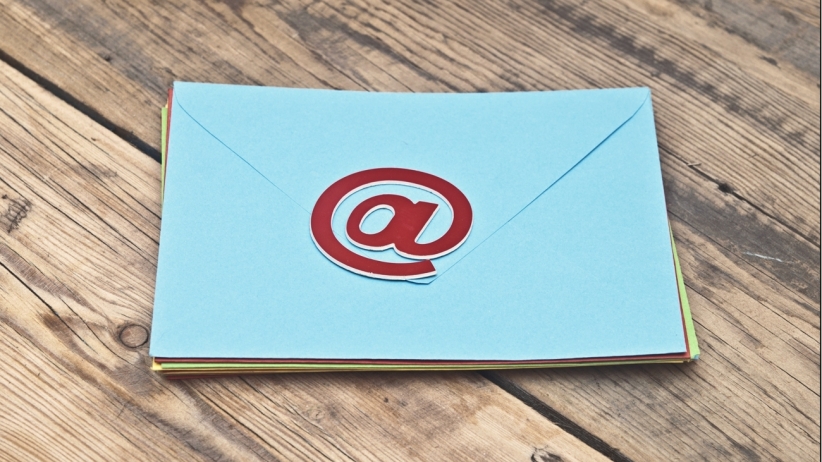A Dog’s Guide to Better Newsletters
 We’ve got a problem over at our house. A problem that involves barking.
We’ve got a problem over at our house. A problem that involves barking.
Now fortunately, this barking thing relates to our dog, not one of our children, so I suppose I should be thankful for small favors.
Nevertheless, it seems that Abbie, our 10-year-old (more or less) Lab/Golden mix (more or less), has developed a penchant for making noise outside, late at night and early in the morning.
And, for reasons that I haven’t quite figured out, it usually falls on me to get Abbie back inside, something that is easier said than done, especially when it’s 20 degrees out, I’m wearing nothing but my (sexy) green plaid bathrobe, and she’s 100 feet away in the woods.
Don’t get me wrong, it’s not that she completely ignores me when I call her name. It’s just that she completely ignores me when I call her name.
Last week, however, I may have solved the problem: I discovered that if I stand in the garage, yell “Abbie come!!!,” and slam the car door a couple of times, she comes running.
She loves riding in the car more than anything and the promise of a late night jaunt that a slamming car door suggests, seems to be working. I’m not sure this qualifies me for my own animal reality show (“The Dog Slammerer”), but it does demonstrate how reliably dogs will respond to certain cues.
In this respect, your newsletter readers are exactly like Abbie (minus, presumably, most of the fur). They too respond to cues and, if you want them to come running when you call, it’s in your best interest to send consistent signals.
Three areas to pay attention to:
1. A consistent schedule. I don’t know if there’s a magic number in terms of publication frequency (other than to say that anything less than monthly is a waste of time and anything more than weekly is going to kill you).
That said, a consistent schedule is important. Not only because it helps you stay on track, but because it also gives your readers some sense of what to expect.
So pick a publication schedule – first Wednesday of the month, every Friday, whatever. And stick to it.
2. A consistent voice. Lots of professional service firms share newsletter writing among staff. Whether because they want to “give everyone a chance” or (more typically) “share the pain of producing content,” too much variation in style, level of complexity and subject matter, ends up appealing to nobody.
With all the competition for reader attention, the only way your newsletter (and by association, you) will stand out from the pack is if you consistently take a particular position with a particular voice on a particular category of content.
3. A consistent format. Grab a copy of Time magazine; watch The Tonight Show; visit the supermarket. Have you noticed that week after week, they put the same stuff – the editorials, the monologue, the bananas – in the same place?
That’s on purpose. It makes it both easier to create the content (knowing ahead of time which pieces you’ll need) and to consume the content (knowing where the bananas are).
So do your best to create newsletter sections (e.g., “client spotlight”) and features (e.g., audio version) and to offer them consistently each time you publish.
Remember, your readers have lots of choices; just because they came the first time you called, it doesn’t mean they’ll keep paying attention.
Build consistency into your approach and they’ll keep on … wait for it … panting for more. Woof woof!
Michael Katz is Founder and Chief Penguin of Blue Penguin Development. He specializes in helping (tiny) professional service firms talk about their work in a way that is clear and compelling. Sign up for his free newsletter, The Likeable Expert Gazette, here

 Delicious
Delicious Digg
Digg StumbleUpon
StumbleUpon Propeller
Propeller Reddit
Reddit Magnoliacom
Magnoliacom Newsvine
Newsvine
Comments
Post new comment